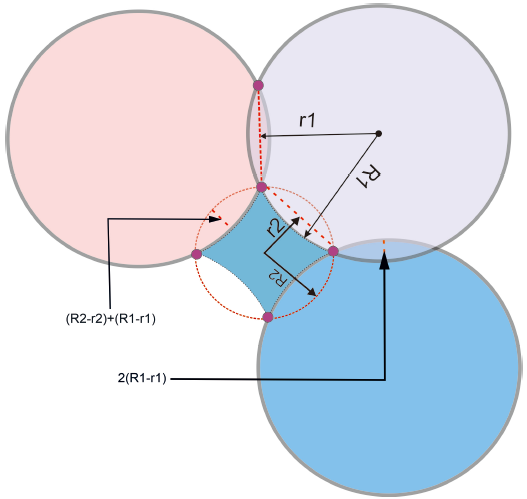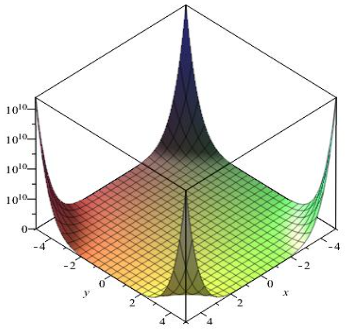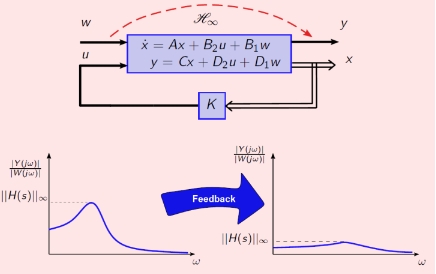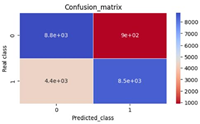A logical approach to validate the Goldbach conjecture: Part I
Abstract
This paper is a first of the series of three papers which provide a general proof to validate the Goldbach conjecture. This conjecture states that every even number can be expressed as a summation of two prime numbers. At the onset, concept of successive-addition of‐digits‐of‐an‐integer‐number (SADN) and its properties in terms of basic algebraic functions like addition, multiplication and subtraction are discussed. SADN classifies odd numbers into 3 sequences—the S1, S3 and S5 sequences—which comprise of odd numbers having SADN 7 or 4 or 1; SADN 3 or 9 or 6 and SADN 5 or 2 or 8 respectively. The S1 and S5 sequences are of interest in the analysis. Furthermore, composites on the S1 sequence are derived as products of intra-sequence elements of the S1 and S5 sequences while composites on the S5 sequence are derived as products of inter-sequence elements of the S1 and S5 sequences. SADN also shows why such combinations for even numbers of SADN (1, 4, 7) will be found on the S5 sequence while those for even numbers of SADN (2, 5, 8) will lie on the S1 sequence and both the sequences have a role to play in identifying the prime number combinations for even numbers with SADN (3, 6, 9). Thereafter, analysis moves to calculating the total number of combinations for a given even number that would include combinations in the nature of two composites (c1 + c2); prime & composite (p + c) and two primes (p1 + p2). Identifying the total number of c1 + c2 and p + c combinations yield the number of p1 + p2 combinations. The logic employed in present discussion shows that at least one such p1 + p2 combination exists for the even numbers having SADN digit within 1 to 9. This encompasses all even numbers and hence generalizes this method for all even numbers.
References
[1]Euler L, Goldbach C, Bernoulli JI, et al. Mathematical and Physical Correspondence of Some Famous 18th−Century Geometers (French), 1st ed. St.−Pétersbourg; 1843. pp. 125–129.
[2]Dickson LE. Goldbach’s empirical theorem: Every integer is a sum of two primes. In: History of the Theory of Numbers. Dover; 2005. pp. 421–424.
[3]Pipping N. Goldbach’s conjecture and the Goldbach−Vinogradov theorem (German). Acta Academiae Aboensis B: Mathematica et Physica 1938; 11: 4–25.
[4]Oliveira e Silva T, Herzog S, Pardi S. Empirical verification of the even Goldbach conjecture and computation of prime gaps up to 4⋅1018. Mathematics of Computation 2014; 83(288): 2033–2060. doi: 10.1090/s0025−5718−2013−02787−1
[5]Hardy GH. Ramanujan: Twelve Lectures on Subjects Suggested by His Life and Work, 3rd ed. Chelsea; 1999. pp. 19.
[6]Hardy GH, Littlewood JE. Some problems of ‘Partitio numerorum’; III: On the expression of a number as a sum of primes. Acta mathematica 1923; 44: 1–70. doi: 10.1007/bf02403921
[7]Hardy GH, Littlewood JE. Some problems of “Partitio numerorum” (V): A further contribution to the study of Goldbach’s problem. Proceedings of the London Mathematical Society 1924; s2–22(1): 46–56. doi: 10.1112/plms/s2−22.1.46
[8]Hardy GH, Wright EM. An Introduction to the Theory of Numbers, 5th ed. Oxford University Press; 1980. p. 19.
[9]Helfgott HA. The ternary Goldbach conjecture is true. arXiv 2013; arXiv:1312.7748. doi: 10.48550/arXiv.1312.7748
[10]Pogorzelski HA. Goldbach conjecture. Journal für die reine und angewandte Mathematik 1977; 292: 1–12. doi: 10.1515/crll.1977.292.1
[11]Guiasu S. The proof of Goldbach’s conjecture on prime numbers. Natural Science 2019; 11(9): 273–283. doi: 10.4236/ns.2019.119029
[12]Watanabe KA. Definitive general proof of Goldbach’s conjecture. arXiv 2018; arXiv:1811.02415. doi: 10.48550/arXiv.1811.02415
Copyright (c) 2023 Manish Khare, Kalyanlakshmi Chitta

This work is licensed under a Creative Commons Attribution 4.0 International License.











